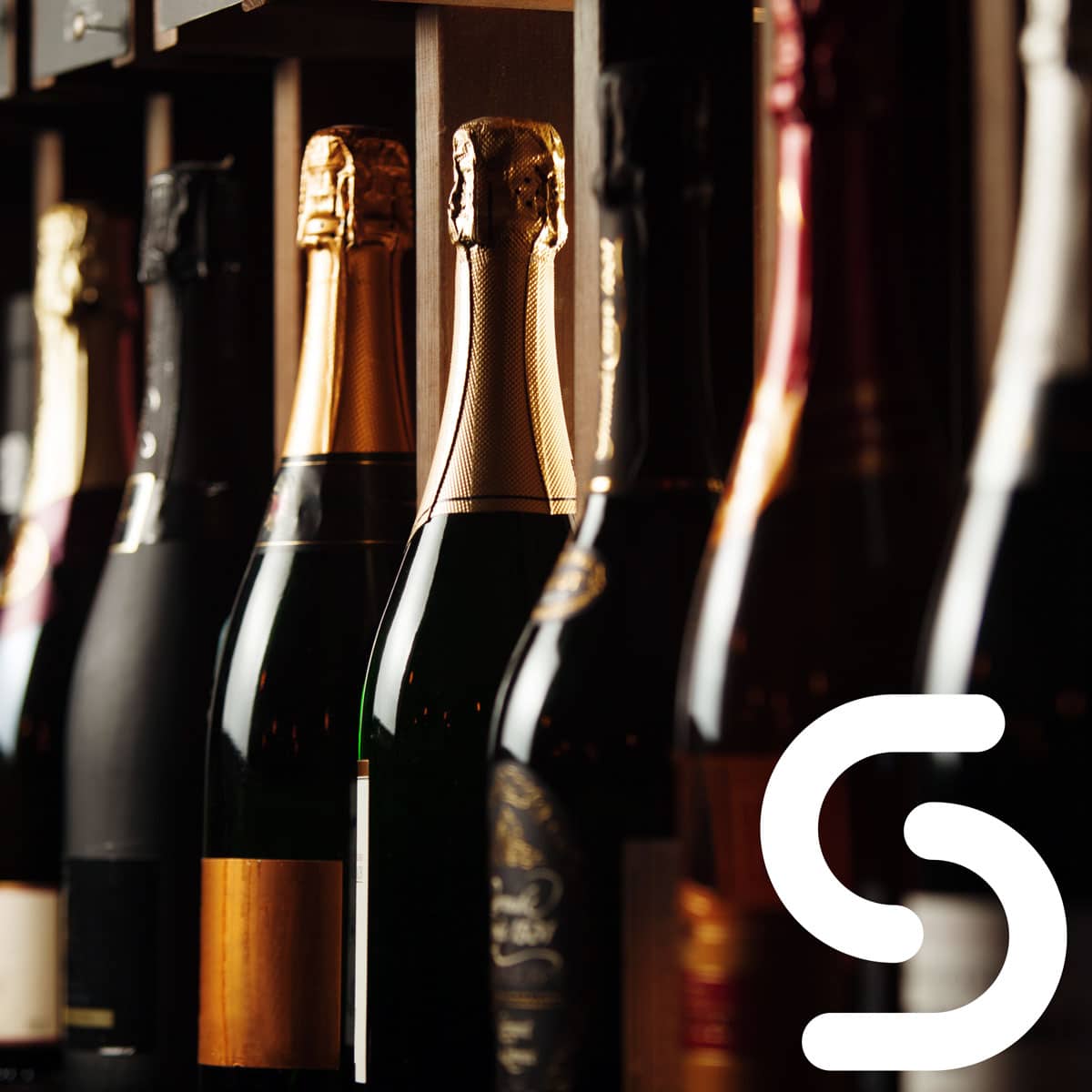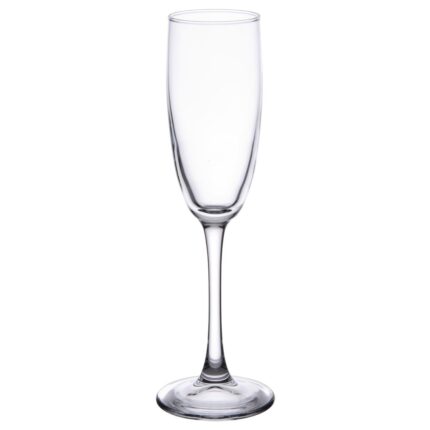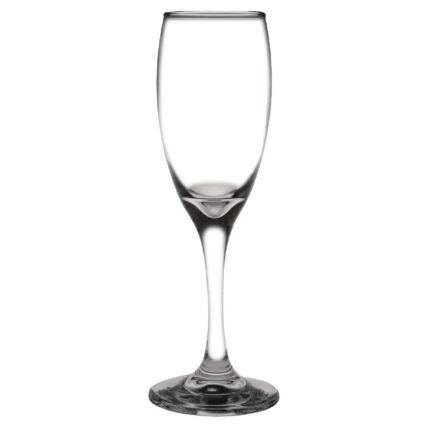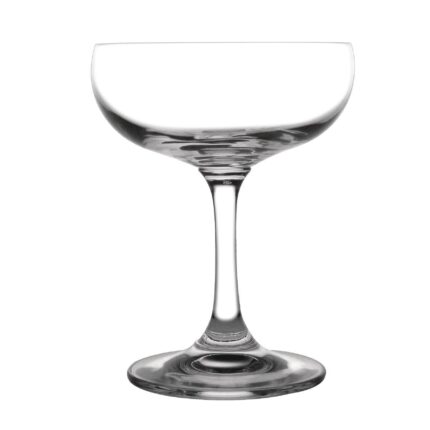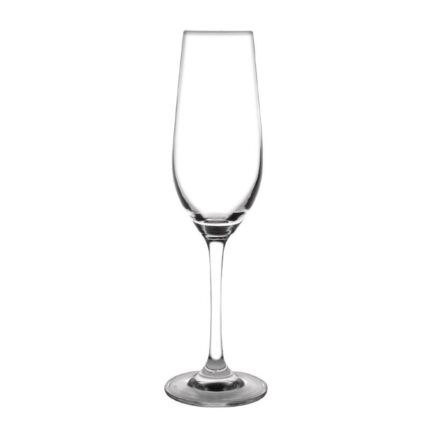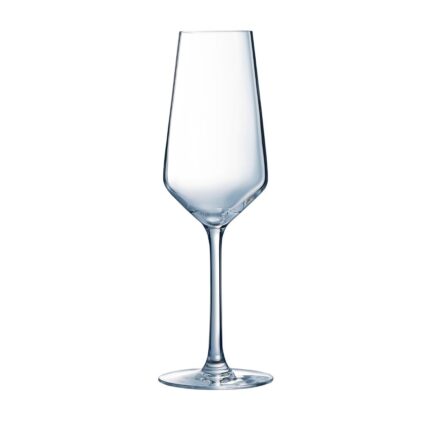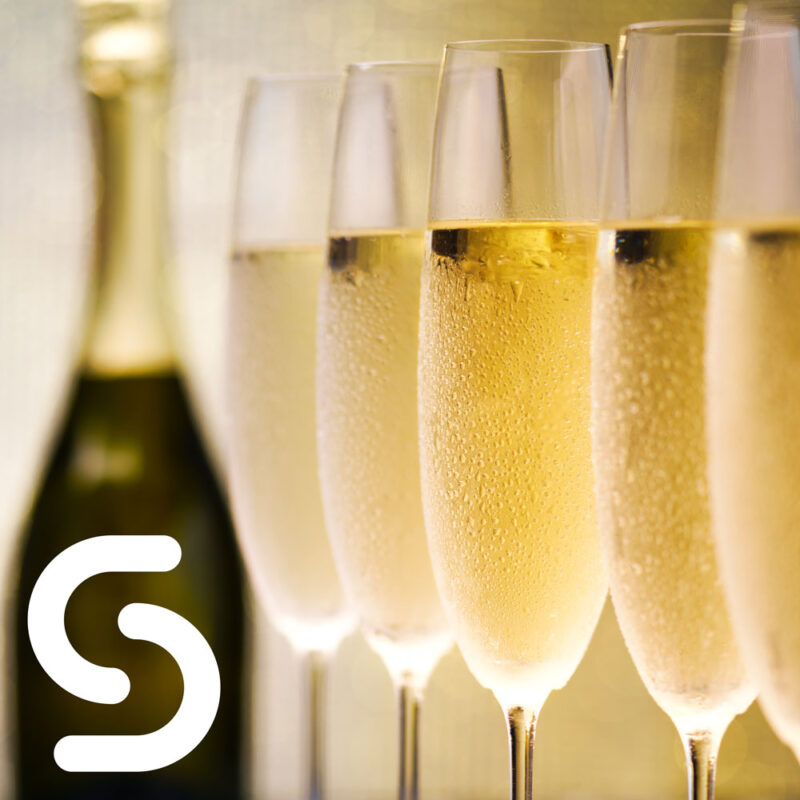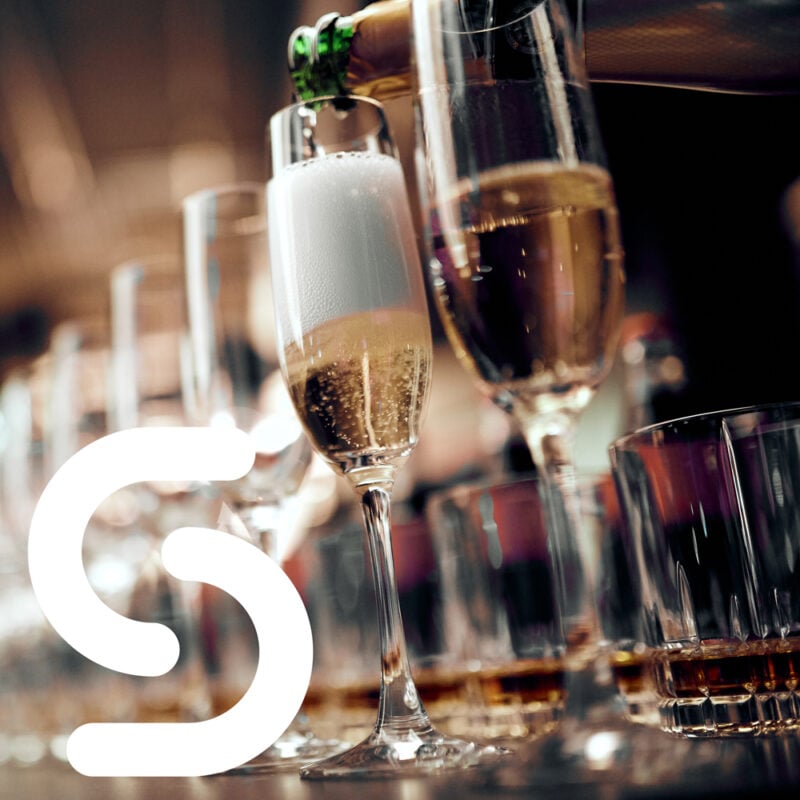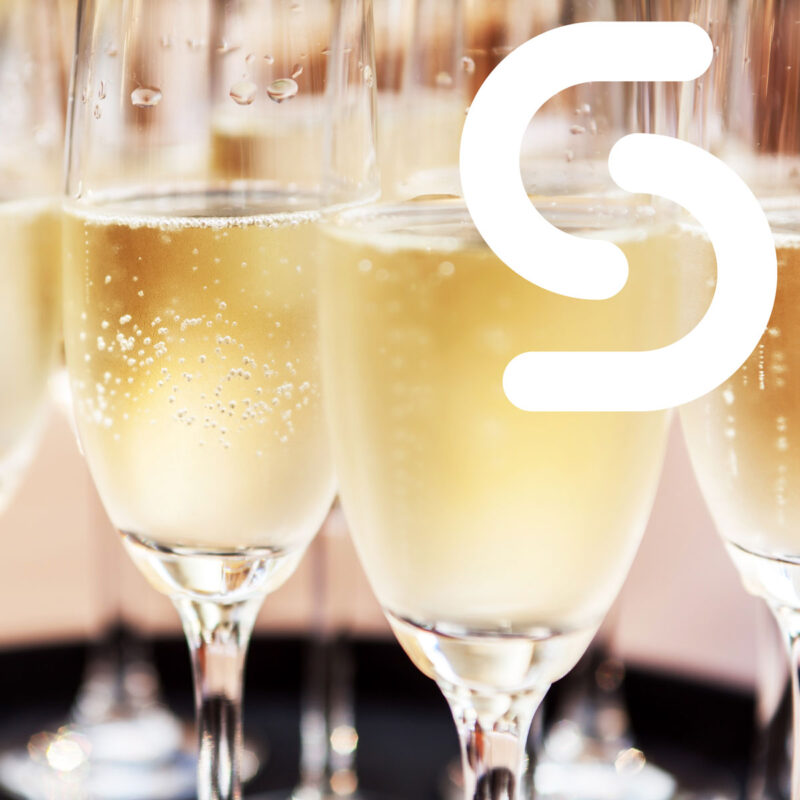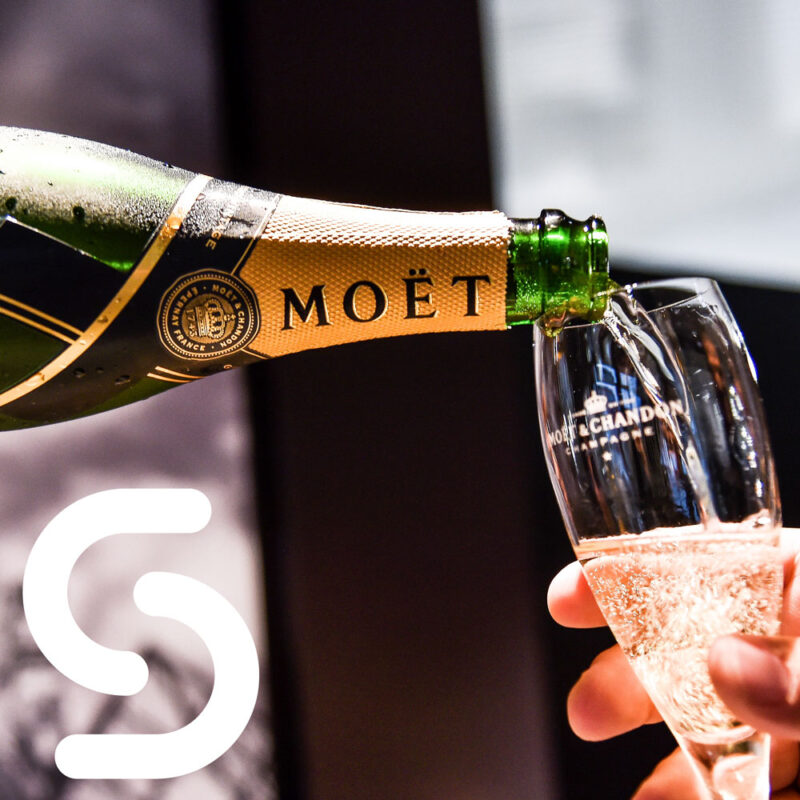Champagne is a sparkling wine that is known for its elegance and association with luxury and glamour. It is often served during important occasions, such as weddings, birthdays and parties.
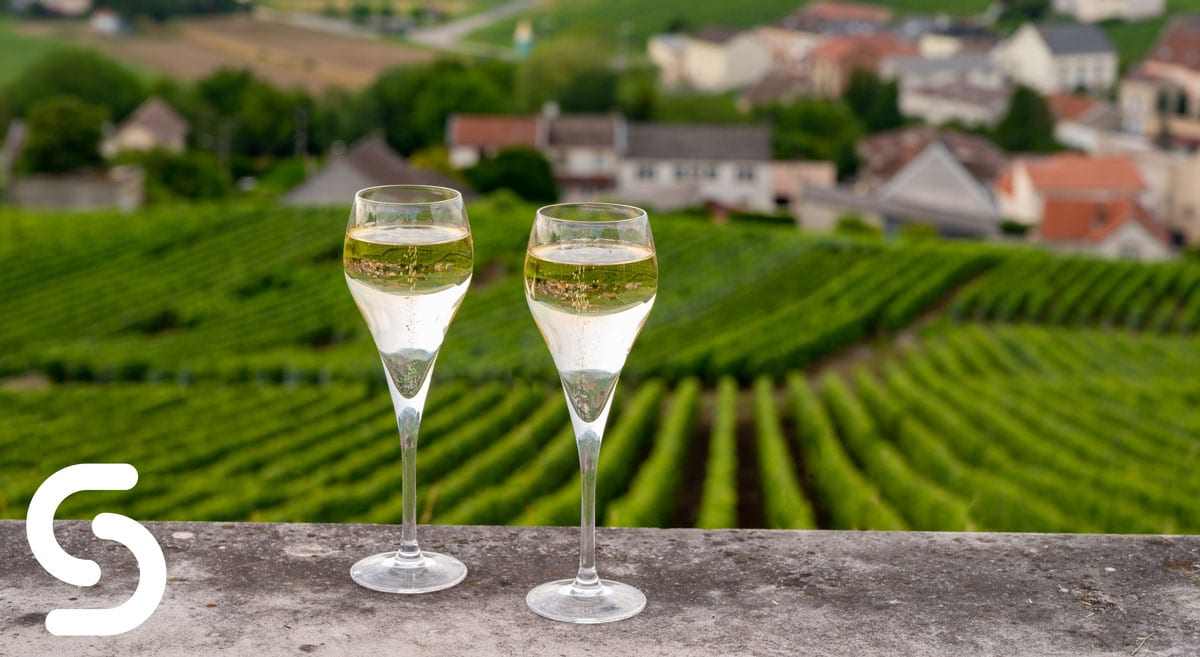
However, the history of Champagne is more than just a story of a popular beverage. It is a tale of innovation, perseverance, and cultural significance. We will explore the history of champagne, from its ancient origins to its modern-day production and marketing, and take a look at the role of Champagne flutes and Prosecco flutes in serving this iconic drink.
Ancient Origins of Champagne:
The origins of champagne can be traced back to ancient times, where the Romans and Greeks made a crude form of sparkling wine by fermenting grape juice in the bottle. However, it was not until the 17th century that the modern method of producing champagne was developed. Before that, champagne was a still wine that was produced in the Champagne region of France. The wine was known for its crisp acidity and light body, which made it a favourite among the locals.
Champagne in the 17th and 18th Centuries:
During the 17th and 18th centuries, champagne started gaining popularity among the nobility in France. The wine was considered a luxury item, and its association with celebration and joy made it a favourite among the aristocracy. It was during this time that the Champagne region of France became the centre of champagne production. The winemakers of the region started experimenting with the second fermentation process, which is the process that gives champagne its signature bubbles.
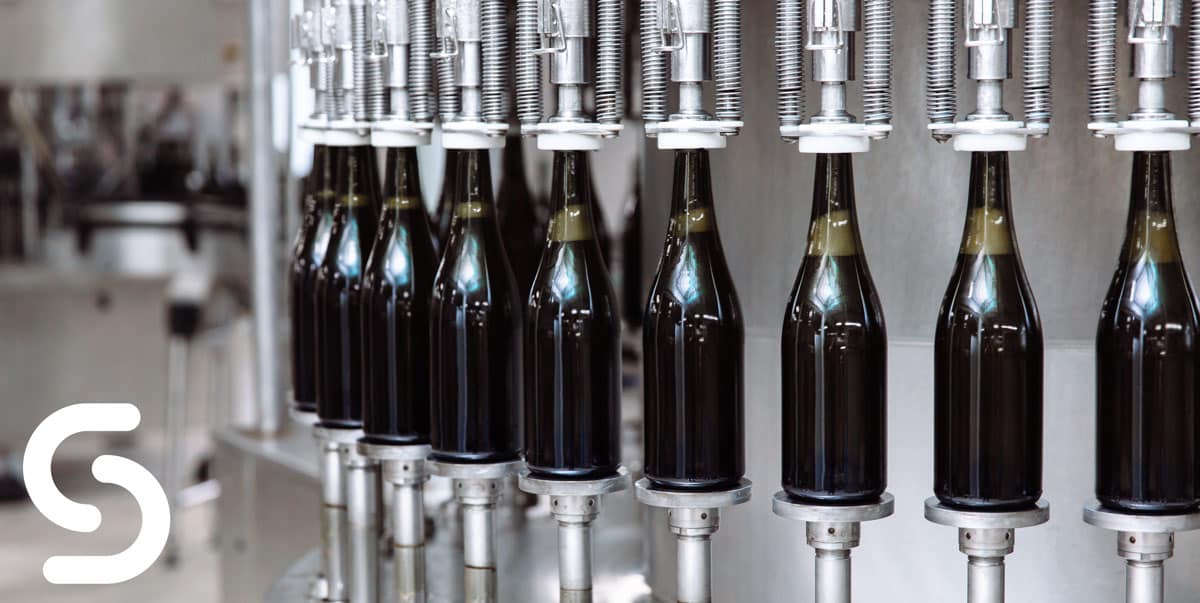
Champagne in the 19th and 20th Centuries:
The 19th century saw the development of the sparkling wine industry, which had a significant impact on champagne production. The introduction of new production techniques and equipment made it easier to produce champagne on a larger scale. This led to an increase in demand for champagne, and the wine became more accessible to the public.
During the early 20th century, champagne became associated with luxury and celebration. It was the drink of choice for the rich and famous, and its popularity continued to grow throughout the century. However, the two World Wars had a significant impact on champagne production and consumption. The wars disrupted the supply chain and caused a decline in demand for luxury goods, including champagne.
Champagne Flutes and Prosecco Flutes:
The champagne and Prosecco flute has become an iconic symbol of the drink itself. The narrow, tall shape of the flute helps to preserve the bubbles in the drink and enhance its flavour. The flute also adds to the visual appeal of the drink, making it more elegant and sophisticated.

The origin of Champagne flutes can be traced back to the 18th century, when champagne was served in a flat-bottomed glass called a coupe. However, the coupe allowed the bubbles to escape quickly, and the drink would often lose its fizz before it could be consumed.
The flute, with its tall, narrow shape, solved this problem by reducing the surface area of the drink that was exposed to the air. This helped to preserve the bubbles and keep the drink fizzy for longer. The flute also allowed for a more elegant and sophisticated presentation of the drink, which added to its appeal.
Modern Day Champagne:
Today, champagne is produced on a large scale, and it is enjoyed by people all over the world. The production process has become more efficient, and there are many different types of champagne available. However, the champagne industry faces many challenges, including climate change, competition from other sparkling wines, and changing consumer preferences.
To address these challenges, the champagne industry is innovating and adapting. For example, some winemakers are experimenting with different grape varieties and production techniques to create new and exciting types of champagne. Others are focusing on sustainability and reducing their environmental impact.
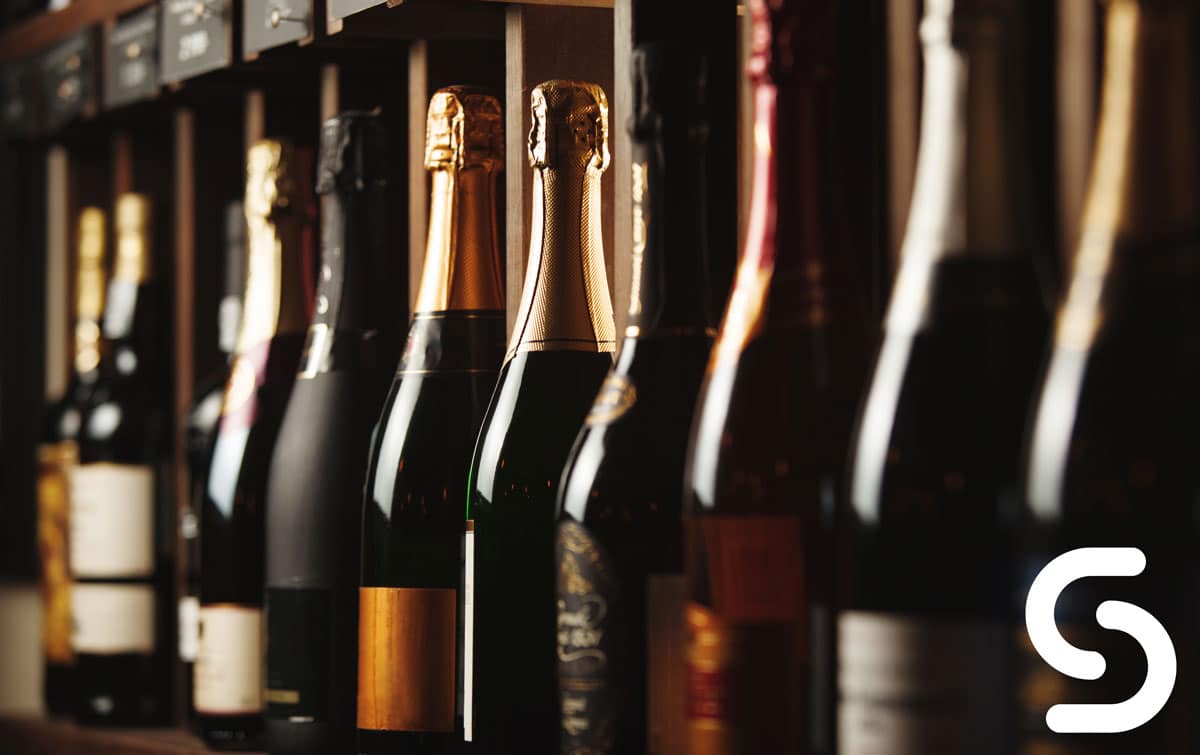
Champagne flutes have also evolved over time.
While the traditional champagne flute is still widely used, there are now many different types of champagne glasses available. Some glasses are designed to enhance the flavour and aroma of the champagne, while others are more focused on the visual appeal of the drink.
Despite the challenges facing the champagne industry, it continues to be a beloved beverage that is enjoyed by people all over the world. Champagne is not only a drink, but a symbol of celebration, joy, and luxury. Its popularity is a testament to its cultural significance and its ability to evolve and adapt to changing times.
Champagne is a story of innovation.
The history of champagne is a story of innovation, perseverance, and cultural significance. From its ancient origins to its modern-day production and marketing, champagne has been a beloved beverage that has been enjoyed by people over the centuries. In recent times, even having it as a key ingredient in a range of Champagne Cocktails
The evolution of the champagne flute is a testament to the ongoing innovation in the industry, and the enduring popularity of champagne is a testament to its cultural significance. Whether served in a traditional flute or a more modern glass, champagne will continue to be a symbol of celebration and luxury for generations to come.


